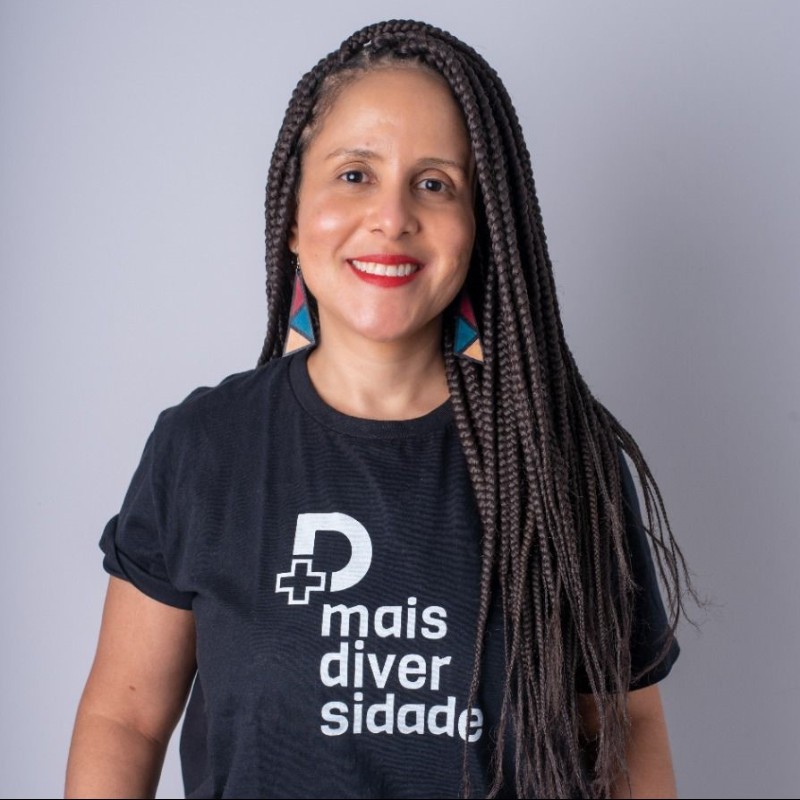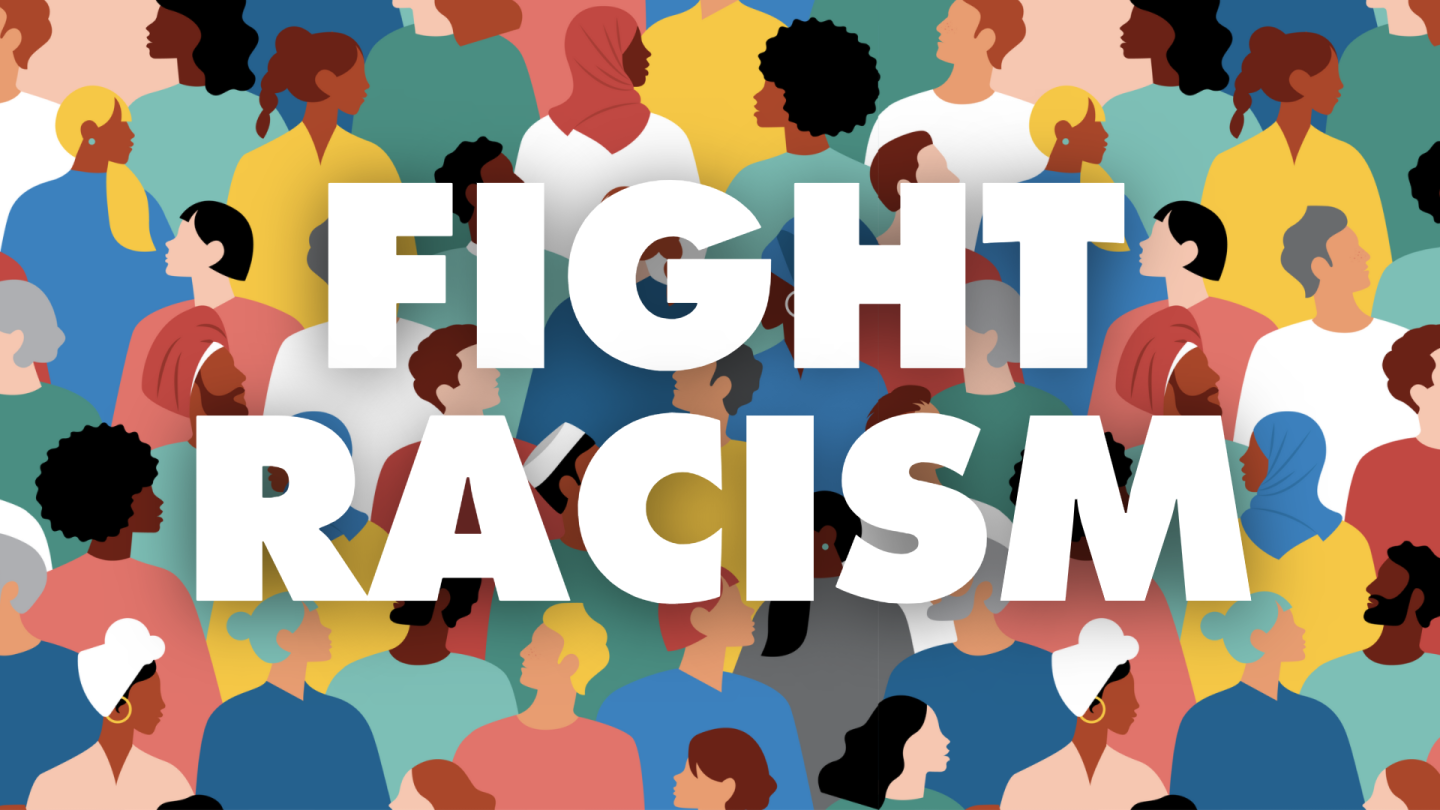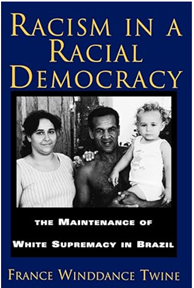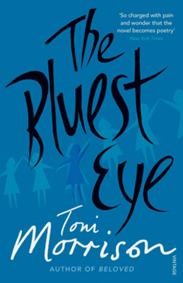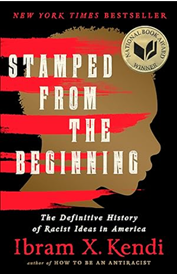Brazil is a country marked by significant racial inequality and the anti-racism movement has been getting stronger in parallel to the US Black Lives Matter movement. In this article, we seek to deepen our understanding of the origins of this problem, improving our comprehension and enabling us to think about how we can change this reality.
The Importance of Racial Literacy in Understanding Racism in Brazil
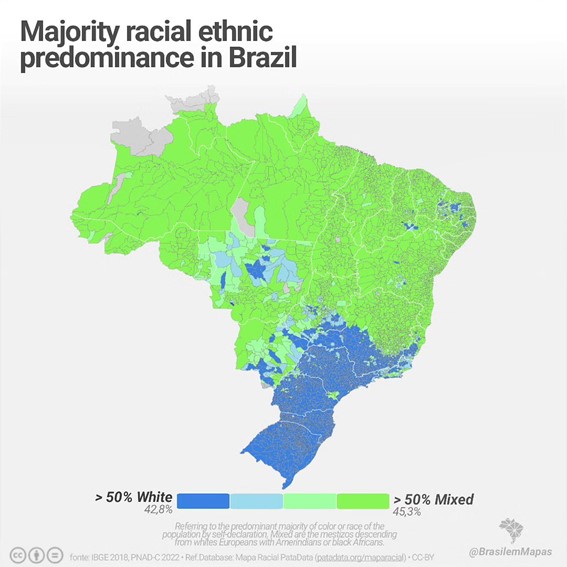
To begin this journey of knowledge, let’s introduce some important concepts. The first one is race/color/ethnicity. From a genetic perspective, there is only the human race, but from a social and political standpoint, we know that there are differences between racial groups in Brazil.
Race in Brazil
So, when we talk about race in Brazil, we refer to phenotypic (biological) characteristics, such as skin color, hair type, nose shape, and mouth shape. On the other hand, ethnicity is related to the cultural affinities, language, traditions, and religions of a particular group. This definition differs from the United States, where genetics is considered in racial classification. Due to the miscegenation of the Brazilian people, racial perception is complex, as seen in this video:
A curiosity: the notion of race as a way to categorize humans as superior or inferior is a recent invention. Ibram Kenri, an American historian, claims that Gomes Zurara, who wrote a book in 1450 commissioned by the Portuguese king of the time, justified the slavery of African peoples by depicting them as pagans (glossary) who needed salvation through the Christian religion.
The makeup of racial identities in Brazil
The concept of Black people is also essential. In Brazil, according to the methodology adopted by the Census (IBGE), there are five races/colors: Black, Brown, White, Indigenous, or Yellow. This information is obtained through self-declaration, meaning Census researchers ask us how we see/declare ourselves. Black people are the sum of those who self-declare as Black or Brown.
Currently, in Brazil, the majority of the population is Black: 56%. It is the country outside the African continent with the highest number of Black people worldwide.
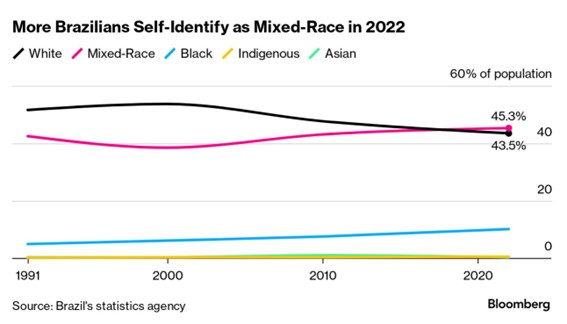
If we talk about the Black race/color, we need to address the concept of Whiteness, which is the racial identity of white people. Being a white person means having social privileges in a highly unequal Brazilian society. But throughout Western history, white people have become the benchmark for being human, making it challenging for white individuals to think about themselves in racial terms.
Structural Racism or Systemic Racism
Finally, another relevant concept is structural racism. When racial discrimination (prejudice put into practice) happens systematically, racism occurs. We assert that racism in Brazil is structural because it is present everywhere: in any interpersonal interaction, in any activity, in any public and private institution, generating disadvantages for Black people and privileges for white people.
Acording to Silvio de Almeida in the book Structural Racism, “Systematic form of discrimination based on race that manifests through conscious or unconscious practices resulting in disadvantages or privileges for individuals, depending on the racial group to which they belong.”
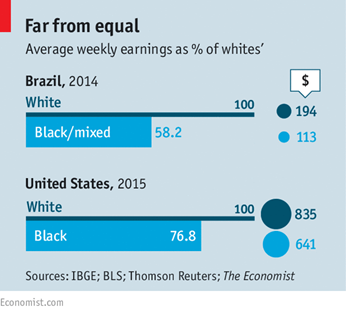
The analysis of structural racism raises doubts about the existence of reverse racism, sometimes used by white people against anti-racism efforts. The answer is that reverse racism does not exist.
If racism is a system that generates disadvantages and oppression for Black people and privileges for white people, reverse racism would be the opposite situation: white people suffer disadvantages for the privileges of the Black population. This would only be possible with “time travel,” as illustrated in this video.
In other words, white people can experience racial discrimination but not reverse racism because it does not happen systematically.
The role of allies and allyship in the anti-racism movement
So alliances are essential: we see that racism is a system that involves racialized groups experiencing disadvantages while others have privileges. Therefore, it is everyone’s role to pursue a more egalitarian society. White people are essential allies because, using their privileges, they can help promote the rights of Black people. In the last section, we will provide examples of anti-racism practices.
So far, we understand racism and its severe consequences for human and societal development. Therefore, confronting it is not just the responsibility of Black individuals but also of non-Black individuals, especially white people. Jane Elliot, in the documentary “Blue Eyes”, presents this reflection.
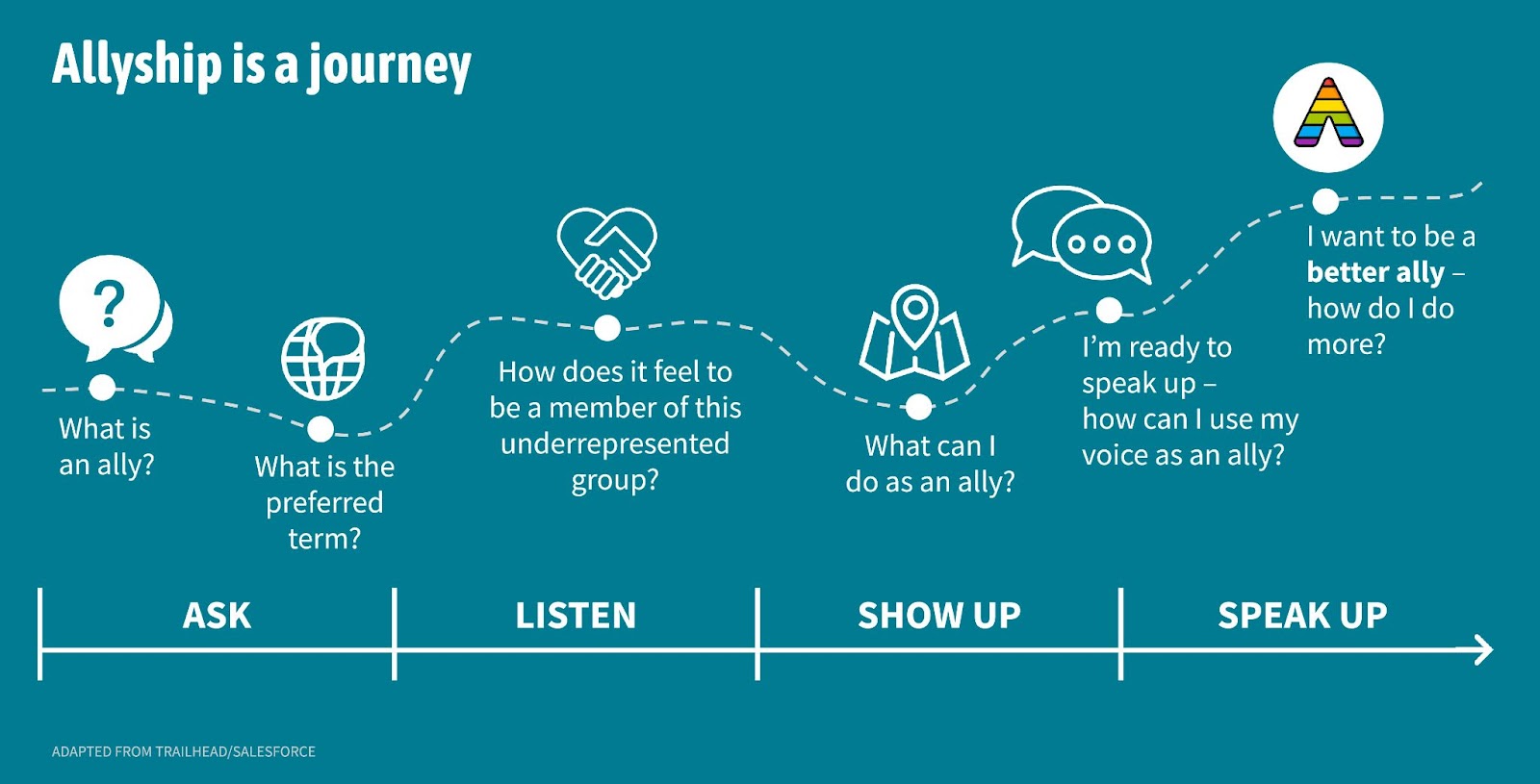 In addition to recognizing privileges and actively listening to Black voices, what other anti-racism attitudes can white people adopt?
In addition to recognizing privileges and actively listening to Black voices, what other anti-racism attitudes can white people adopt?
- Engage in dialogue, whenever possible, in social circles about racism. Conversations with friends, family, at work, or any other interaction.
- Do the “neck test”: train our eyes to see the people around us and notice racial diversity. This helps us determine if our space is diverse and inclusive, and if there are Black people, what roles they are playing. After much practice, this becomes an automatic attitude.
- Read works by Black authors.
- Watch films and series produced by Black creators.
- Get to know Black artists (music, visual arts, performing arts, etc.).
Moreover, racial equity is closely related to the Sustainable Development Goals proposed by the United Nations in 2015. There are 17 goals containing 169 targets to preserve natural resources and the environment and promote human rights. One of the mottos of Agenda 2030, for the promotion of human rights, is not to leave anyone behind; the social inclusion of all individuals is fundamental for the planet’s sustainability. All people are potential agents of promoting racial equity to make our world fairer and free from racism.
Want to know more?
Shiftbalance’s Allyship journey online course is available on our Resources page. We also provide bespoke anti-racism trainings for companies and NGOs.
Podcasts: https://projetoquerino.com.br/english/
Youtube Vídeos: https://www.youtube.com/watch?v=grbDvnAdeXs
Books:
Author: Janaina Gama

